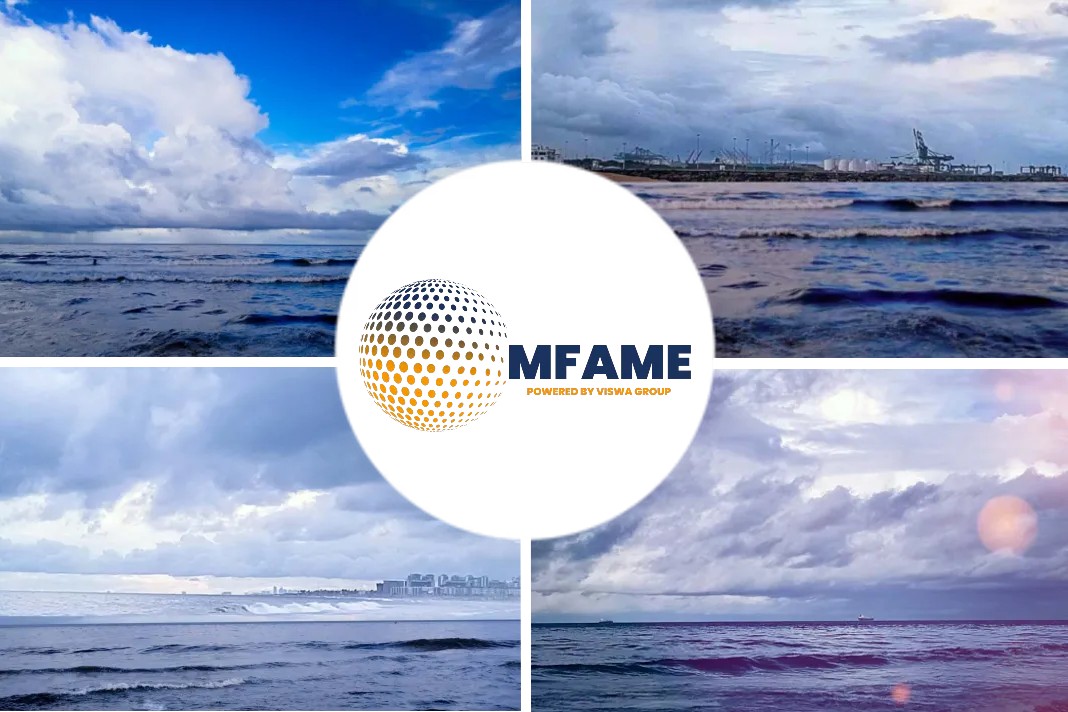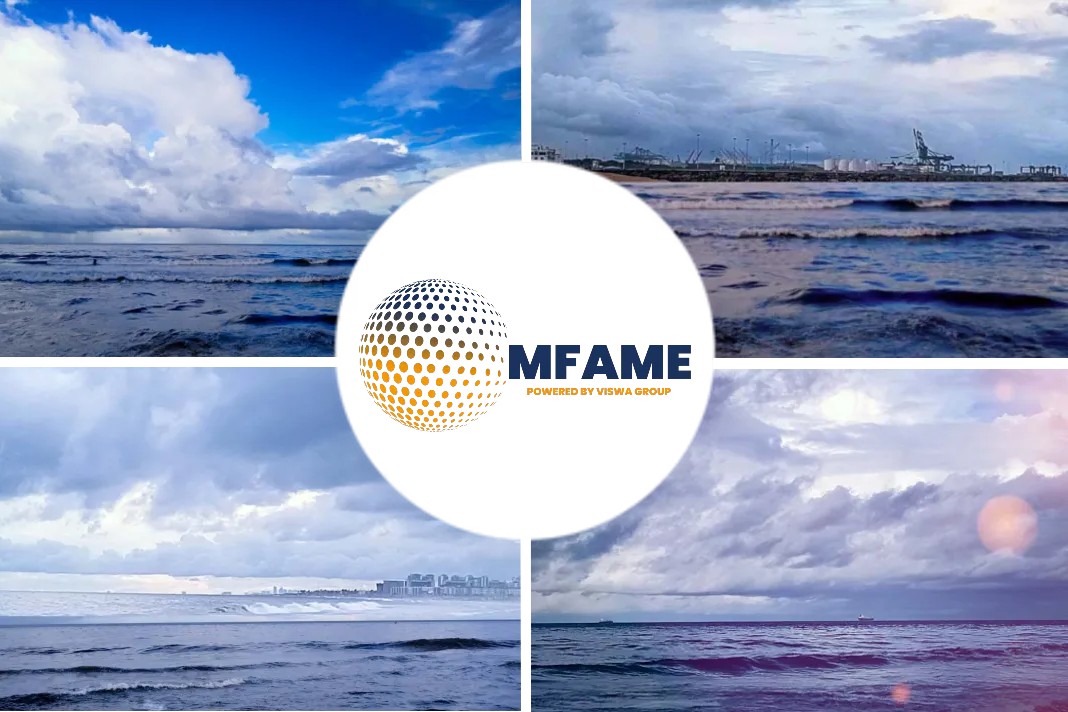Scrubber orders till date this year have dwarfed all previous years combined, according to data on DNV GL’s online Alternative Fuels Insight (AFI) database, writes Paul Gunton for an article in ShipInsight.
Scrubber installations
With the information provided by scrubber manufacturers, at the time of writing AFI reports a total of 3,023 ships in operation or on order for delivery this year have, or will have, exhaust scrubbers.
The corresponding figure at the end of 2018 was just 767.
Though the number of those who have so far had their scrubbers installed is not clear from the data, Martin Wold, senior environmental consultant at DNV GL, said that at least 2,000 installations were scheduled for this year, although some of these may roll over into 2020.
Data shows inclusive of 2023 deliveries
AFI’s scrubber data extends to ships due for delivery in 2023 and if those newbuilding orders are included, the total number of ships that have, or will have, scrubbers rises to 3,763.
But this latter figure reflects an increase of just seven ships since 1 September; “after a very hectic year, orders have now clearly slowed down,” Mr Wold said.
Why this slowdown?
That slowdown is mainly related to long delivery times, he said, probably coupled with “increased uncertainty around paybacks [and] the perceived risk around further regulations on scrubber use and washwater.”
AFI’s figures are likely to be an underestimate, he said, because its data comes from scrubber makers and not all of them report every month, “so we expect the [2023] number is probably above 4,000 ships.”
Alternative fuels
He was speaking during a recent online conference (25 September) that focused on alternative fuels, during which he provided figures for ships known to be using, or planning to use, various alternative fuels.
But one piece of data not included in the AFI or in his presentation was the number of ships planning to use compliant fuels. It is clearly the vast majority.
Apart from tankers, bulk carriers and container ships – where scrubber makers are finding their biggest markets – most other ship types are expected to use other fuel types.
LNG is the most popular option with 170 confirmed LNG-fuelled ships currently in operation, 35 on order and a further 112 ‘LNG-ready’ ships in service, making a total of 317.
Fuel for the next five years
On that analysis, compliant fuels such as MGO and low-sulphur fuel oil (LSFO) are set to dominate. But maybe not in the long term: during his presentation, online attendees were asked “which fuels and technologies make most sense for new buildings in the next five years?”
One can vote for more than one option (so the figures below total more than 100%) and the result appears to be at odds to the short-term data:
Fuel type % of attendees selecting this option
- LSFO/MGO 30%
- HFO + scrubber 22%
- LNG 66%
- Ammonia/H2 14%
- Other 10%
LNG result matches fuel trend
Mr Wold suggested that the high expectations shown for alternative fuels might be biased because the audience was naturally interested in those options, but he was not surprised by the large figure for LNG, saying that the figures matched those that DNV GL has seen in other models of fuel trends.
Although the figures for LNG-fuelled ships are low compared with compliant fuel and HFO/scrubber installations, orders this year show a marked increase, Mr Wold said.
LNG-fuelled ship orders
In the three years 2016-2018, there had been an average of 40 LNG-fuelled ships ordered each year. As of 1 September, there had been 79 so far this year..
This trend is being driven by “larger and more energy-demanding ships” such as cruise vessels, container ships and tankers, he said. “In 2020, more than 200,000m3 of LNG fuel tank capacity will be installed,” he predicted.
Based on current newbuilding data, there will be 354 LNG-fuelled vessels in operation by the end of 2026, he said, and their total LNG consumption will account for about 1% of global ship fuel consumption. “Think about that for a second,” he said. “It’s taken 20 years to reach 1% of global ship fuel consumption. That says quite a lot about how challenging it is to introduce a new fuel that requires new bunkering infrastructure.”
Battery-powered
Other fuels, then, will also face an uphill struggle for acceptance. In terms of ship numbers, battery-powered ships are chasing LNG’s tail. At the moment, there are 176 battery-powered vessels in operation and a further 102 on order, a total of 278, Mr Wold’s graphs show.
Including known orders up to 2026 brings that total up to 367 vessels: more than the equivalent figure for LNG vessels.
But they are mostly small car/passenger ferries and Mr Wold put the size of the sector in perspective: the total installed battery capacity on those ships will be about 400MWh, he said. The volume of LNG needed to match that energy content would fit into just two 40ft gas containers.
Other fuels
As for other fuel options, he listed methanol, with 13 methanol-fuelled vessels in operation or on order; LPG (11 vessels); hydrogen (two passenger ferries on order) and ammonia (no ships in service or on order).
Among the challenges facing hydrogen, he pointed out, was the storage space it would need, but he reported encouraging engine tests that have used it in a blend with natural gas or methane.
That “would be a very helpful greenhouse gas abatement [option] if the hydrogen comes from renewable energy,” he said.
Biodiesel
In discussion he was asked for his views on biodiesel, which has been piloted in some small ferries in Norway, he said. “The main issue is related to price,” he said, but he reported that the Norwegian coastal service operator Hurtigruten is planning to use a blend of biogas and LNG on some operations.
Did you subscribe to our daily newsletter?
It’s Free! Click here to Subscribe!
Source: ShipInsight























